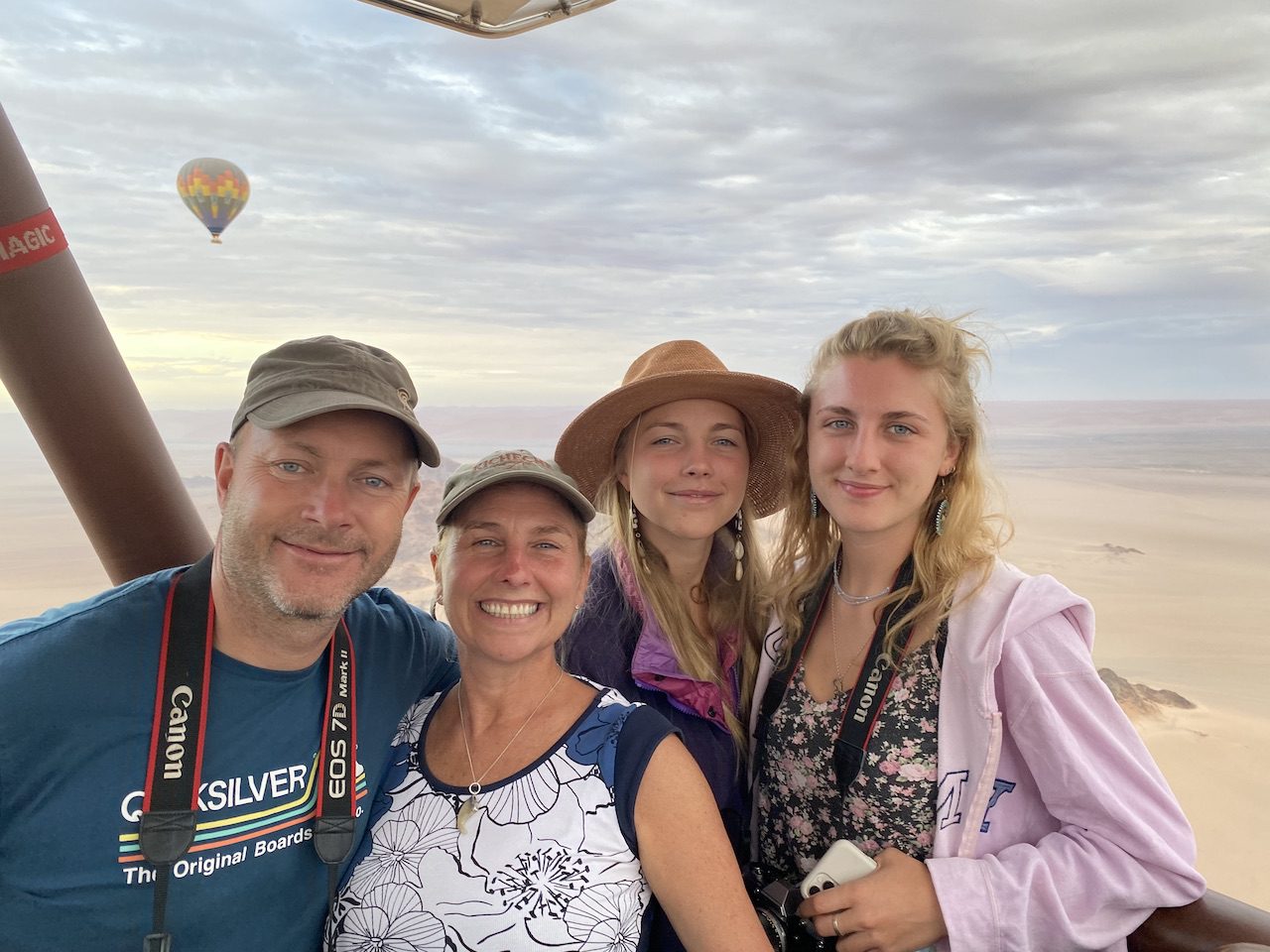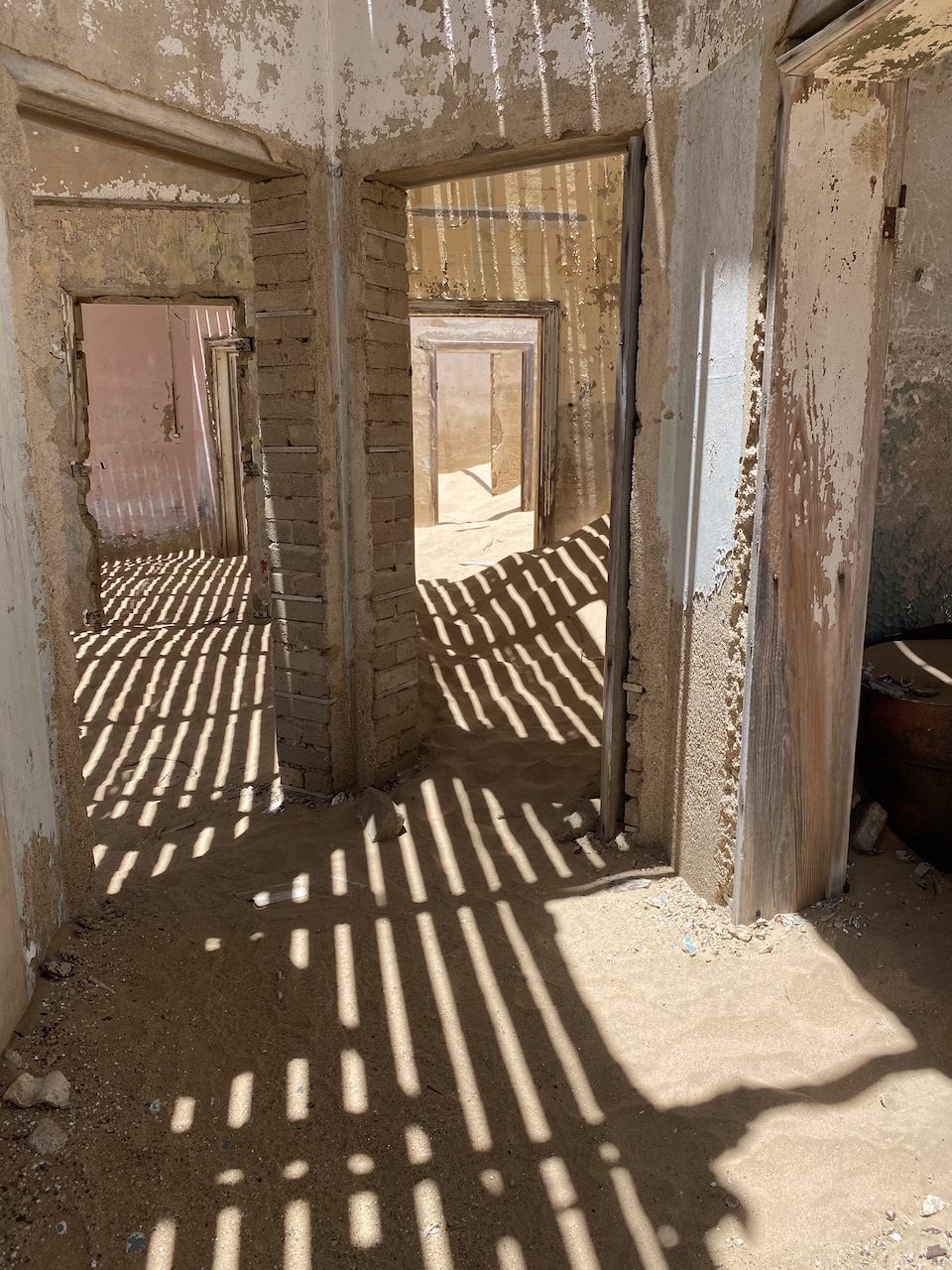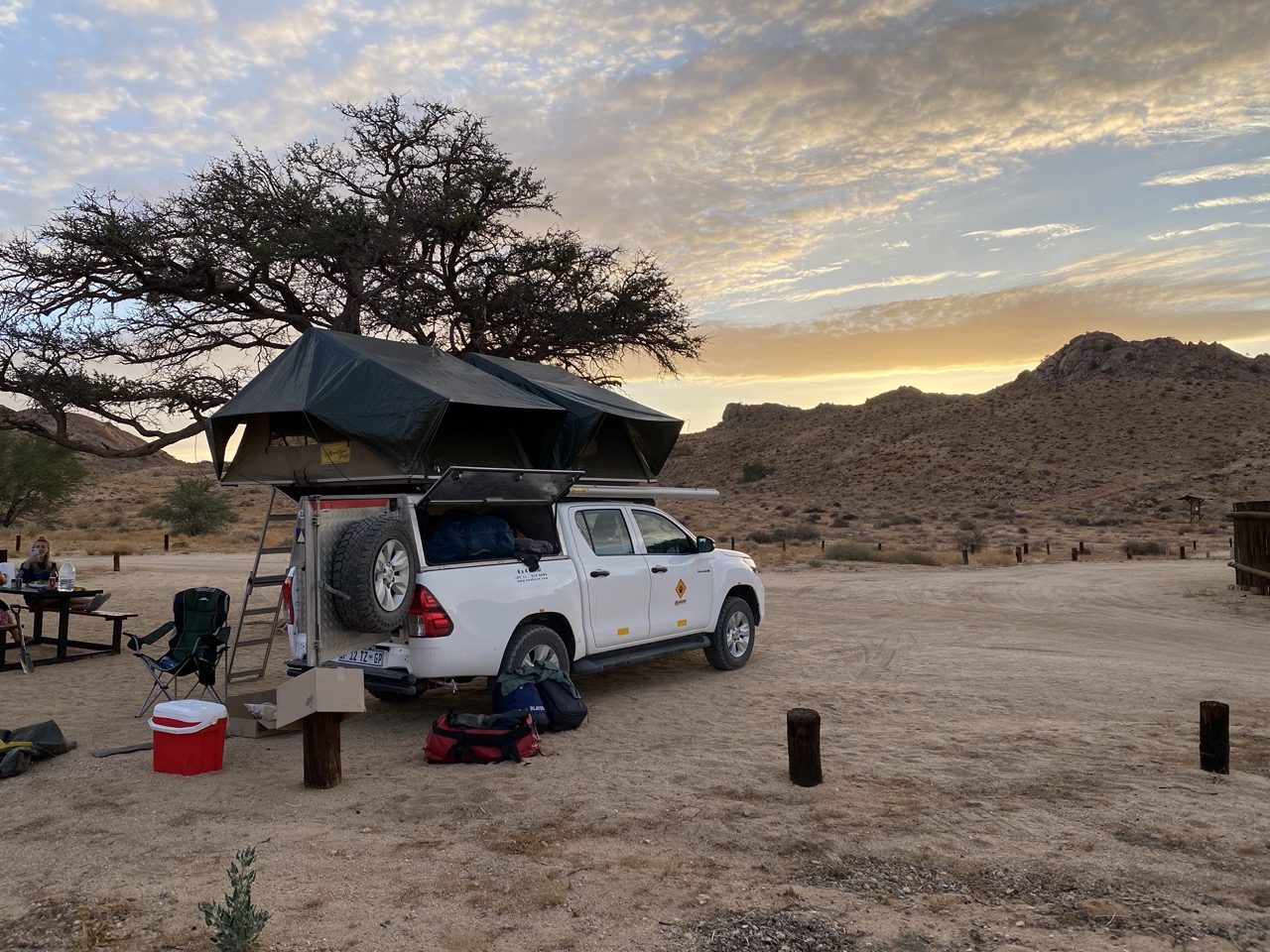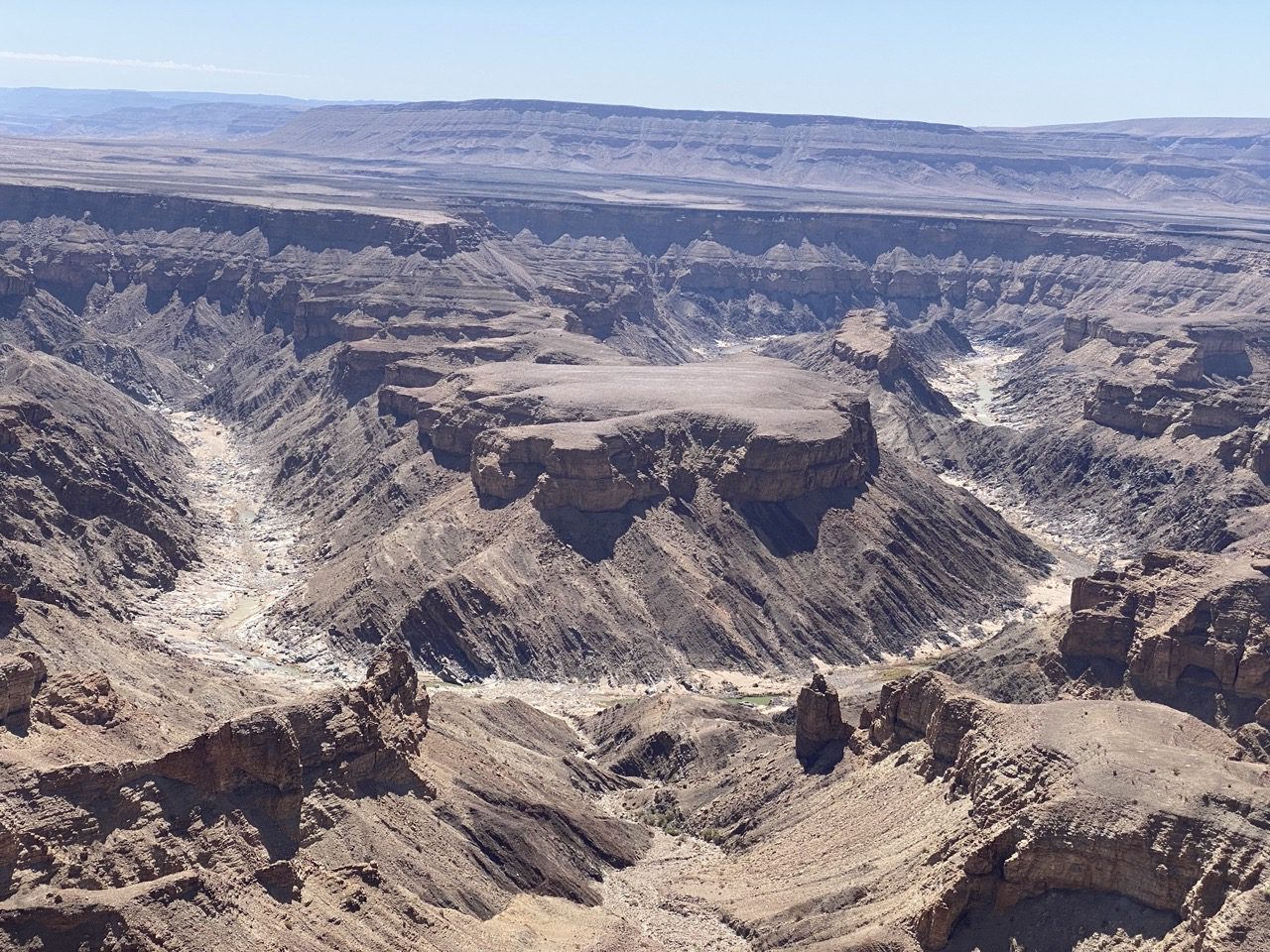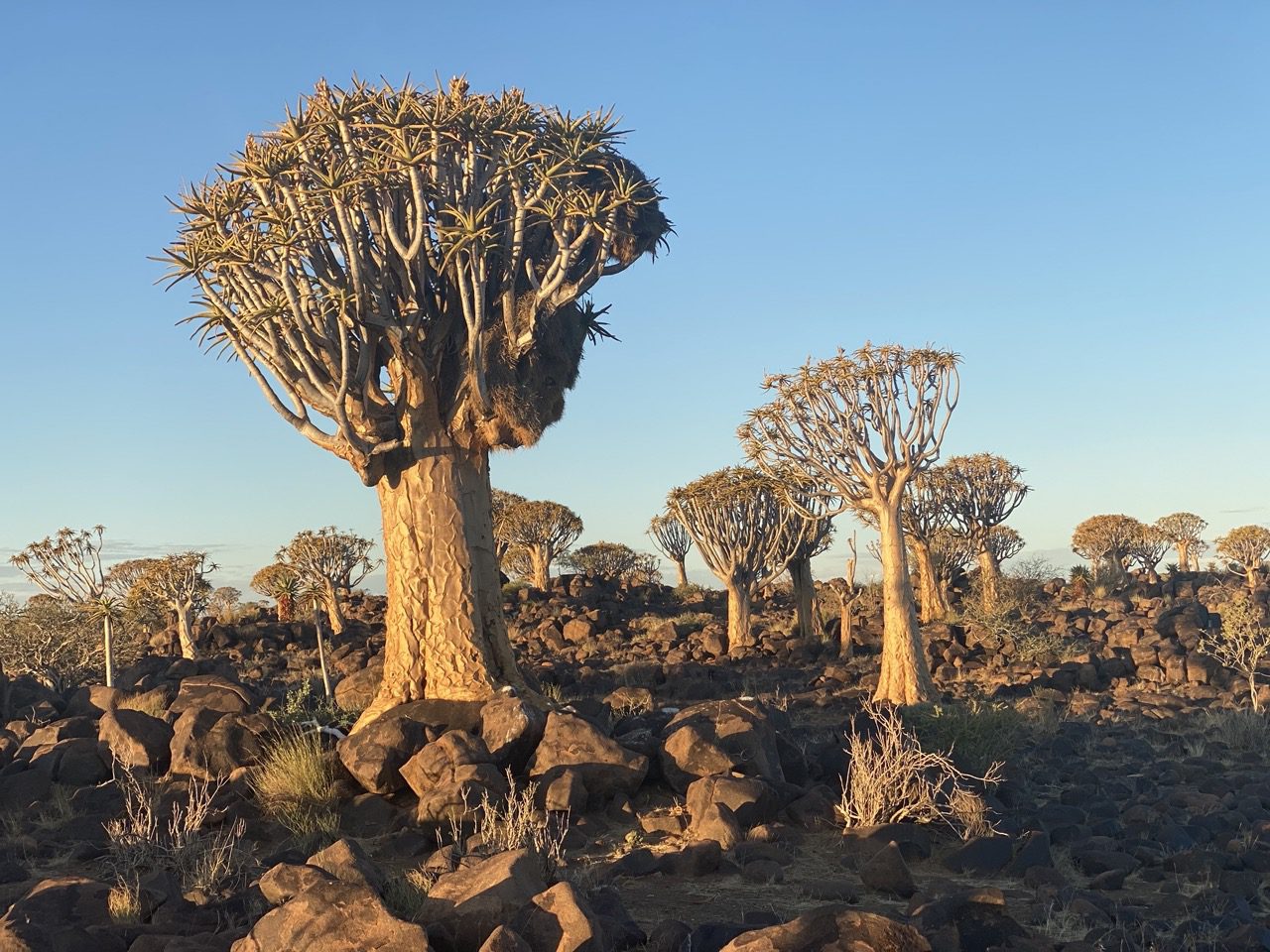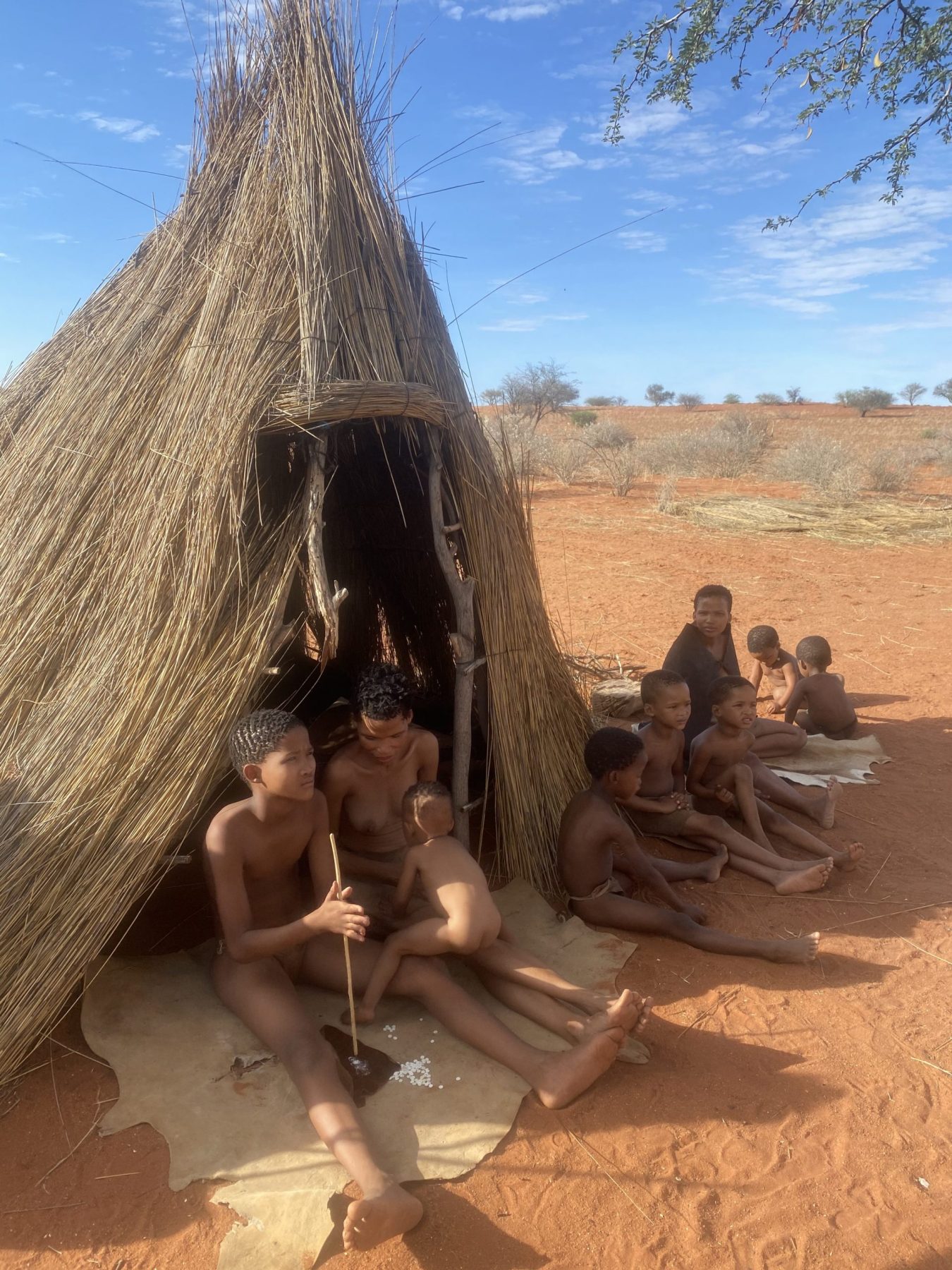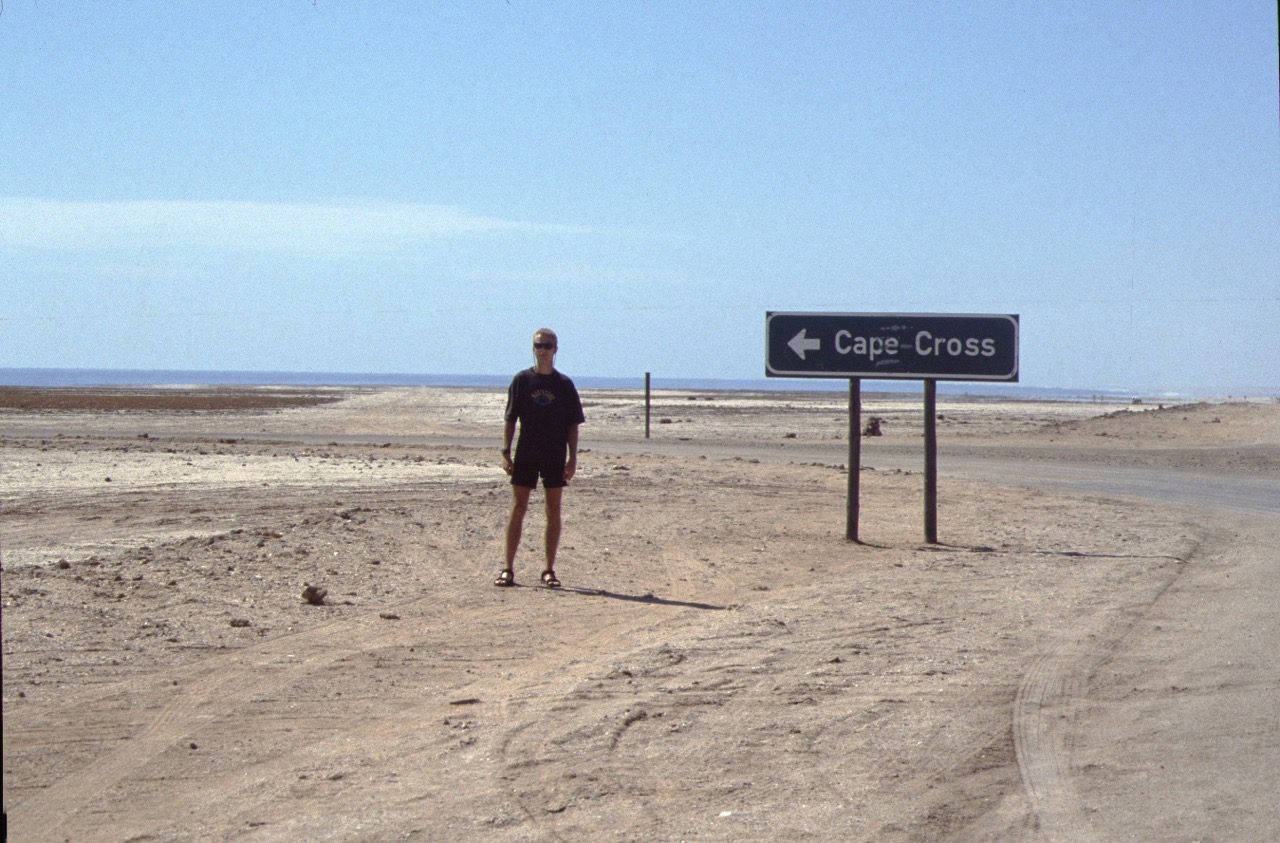The Quiver Tree Forest is located about 14 km north-east of the town of Keetmanshoop, on the road to the small village of Koës, in southern Namibia. Here grows, on a private farm, about 250 specimens of the quiver tree, or aloe dichotoma, which is a tall, branching species of aloe, indigenous to the Northern Cape region of South Africa, and parts of Southern Namibia. The unusual look of aloe dichotoma has made this area a popular tourist attraction.
The quiver tree is not really a tree, rather a plant of the genus aloe, as evident from its scientific name, and one of the few species of aloe that reaches tree proportions —it can grow 7 to 9 meters high. It has a stout stem that may grow to one meter in diameter, and is covered with beautiful golden brown scales with sharp edges. The crown consist of numerous forked branches, which gives the species its name dichotoma, which means forked. The quiver tree is so named because native bushmen used to make quivers from the branches of the tree. Aloe dichotoma doesn't have real wood but a soft pulpy tissue, that can be hollowed out easily. One end of the hollow section is closed off with a piece of leather and used by the bushmen to hold arrows. The natives also used large hollowed out trunks to store food and water. The fibrous tissue of the trunk has a cooling effect as air passes through, allowing the natives to store perishables for longer durations.

